

The first three episodes of WandaVision can be considered something of a trilogy in terms of what they are trying to achieve; each one telling a different component to a particular subsection to this mini-series. This is all about the inception, collapse and final attempt to maintain an illusion. Episode one manufactured a facade, episode two gradually saw the aesthetics of said-facade crumble away; and now episode three works to gradually pan away from the desperate attempts at maintaining such a world,
Now in Colour follows directly on from last week’s attempt at shape-shifting from one televisual era to the next. Wanda and Vision have successfully ‘left’ the 50s and 60s era, venturing instead into the 1970s. We’re still very much in sitcom territory, only now the entire affair plays out in full colour, hence the title. On the surface, the central premise of Now in Colour concerns Wanda’s miraculous pregnancy which occurred at the end of last week’s story. The couple try to grapple with their anxiety of becoming new parents, as well as striving to figure out how on earth such an occurrences happened in such a short space of time. If you look a little deeper, however, what this story really appears to be about is Wanda’s attempts to keep her fellow neighbours and partner from finding out the truth of what’s playing out around them.
Instead of opting to try and reestablish a new facade to draw audiences into, Now in Colour chooses to stop hoodwinking viewers. It already started to phase away from doing this during the previous instalment, only now it’s actively opting to venture away from a lie that appears to have been started by Wanda herself. The central objective of this episode is to create an anxiety between the extended cast and those watching at home. Like us, Vision and the other extras making up this strange fantastical realm are beginning to notice something isn’t quite right with their lives. Whereas before we weren’t entirely sure whether it was Vision and Wanda being duped by the individuals populating their pseudo lives, it is now becoming increasingly clear they are the ones trapped, and perhaps at the hands of the show’s central protagonist.
Throughout the preceding stories, there were subtle hints suggesting Wanda may be more clued up on the current situation unfolding around her. As faint as such hints were, they alluded to a more sinister possibility; that she was actively keeping people trapped in a reality of her own making. We first caught whiff of this during episode one, when Mr Hart found himself choking almost to death after he started aggressively questioning Wanda’s origins. Episode two saw Wanda ‘rewind’ the story by several minutes after an intruding beekeeper invaded the landscape; consequently snapping her husband out of the illusion surrounding him. Likewise, when Vision grew alarmed at a banging sound booming from somewhere beyond the sitcom realm at the top of that episode, she whisked open their bedroom curtains to reveal a tree branch knocking against their window. On first watch, it felt like these were all guises thrust upon our heroes by an external force; as if it were the filmmakers themselves attempting to gloss over the fact we were watching a sham. Except on second glance, another possibility raises its head; this is all Wanda’s doing.
Now in Colour takes this idea and runs with it. No longer is it fixated on using the supporting cast and situational high-jinx to distract, it’s using them to paint Wanda as the sole trickster; perpetrating everything playing out around her. Whenever Vision starts to acknowledge that something isn’t quite right, Wanda manipulates the plot and situation; whisking them back to the start of the scene, or escalating her pregnancy to the moment of her children’s’ birth. When newly arrived resident Geraldine (Teyonah Parris) enters the house, she fashions a comedic scenario to try and distract her from the strange goings on happening regarding her rapid pregnancy. When that fails, Wanda doubles down, triggering the birth of her child to force Geraldine into helping her. All of this feels a bit like when someone finds themself having an awful dream; so much so, they try to rewrite the events so it works out in their favour. Have you ever done something awful in your sleep that you’ve just imagined yourself rewinding time so it never happened? That’s essentially what Wanda’s doing here; keeping everything in check so that her surreal status quo remains. It is now becoming apparent that she’s not trapped, but actively participating in the falsities of her situation; an act she has no intention of turning her back on.
At the heart of this episode sits a daunting question; how far will Wanda go to maintain this illusion? It’s a question which builds as the chaos unfolds; coming to a head during the final moments of the episode. After her children are born, Geraldine and Wanda watch over their crib, at which point she mentions she once had a twin brother of her own; Pietro (Aaron Taylor-Johnson). Suddenly, a connection to her former life is made, a reference to the world beyond. Geraldine picks up on this, realising she’s not who she thinks she is. There’s a bigger world outside of this, and Pietro’s name triggers such a realisation in this alleged extra. Geraldine turns to Wanda, and tells her she knows Pietro was killed by Ultron (James Spader).
What’s most interesting about this sequence is how it shifts in aesthetics. This is the first time in which we fully exit the sitcom illusion. Sure, we saw it transform last week, however it never really broke out of it entirely; just re-morphed into another type of the asme lie. Here, on the other hand, we exit it all good and proper. This departure isn’t sudden, nor is it necessarily obvious at first. As the scene progresses, the laugh track fades away; the hammy performances of the extras dissolve; the tight knit comedic pacing grinds to a halt; and the non-diegetic soundtrack remoulds itself into a more traditional, MCU style score. Finally, the 4:3 aspect ratio realigns itself into the standard widescreen mode associated with modern filmmaking; signifying that we’ve departed from the fantasy we’ve been witnessing during the previous 97 minutes of this story.Geraldine finds herself cast asunder from Wanda and Visions’ televisual world; jettisoned to a landscape that looks as though it belongs to a genuine modern day feature.
Much like its predecessors, Now in Colour has a specific mission at heart. It is essentially telling a similar type of story from the first two episodes, albeit from a perspective that’s gradually shifting away from its central protagonist. No longer are we seeing events directly from Wanda’s point-of-view, which appears to have been the case up until now. Director Matt Shakman and writer Megan McDonnell gradually ease audiences away from this viewpoint, one scene at a time. As the episode progresses, that perspective continues to move further and further away, gradually phasing us into the wider fictional landscape that exists beyond the peripheries of the pseudo-sitcom. This is its sole intention; to pan away from the strangeness until we are well and truly outside of it. The big cliffhanger waiting before the credits is the completion of such a task.
It’s a remarkably straightforward and tense 32-minutes of television; one that manages to be both bizarre and angst-inducing all the same. Something extremely unusual is happening to the characters we’ve gotten to know during the past three instalment, and what’s worse is the central protagonist now looks to be the primary culprit behind such madness.
Considering where Now in Colour leaves us, next week’s story almost certainly guarantees to shed further light on WandaVisions over-aching story. There’s no way they can simply shift back to doing another “sitcom of the decade” episode after this. We are firmly in alien territory after this week’s installment. Goodness knows where we’re headed next!


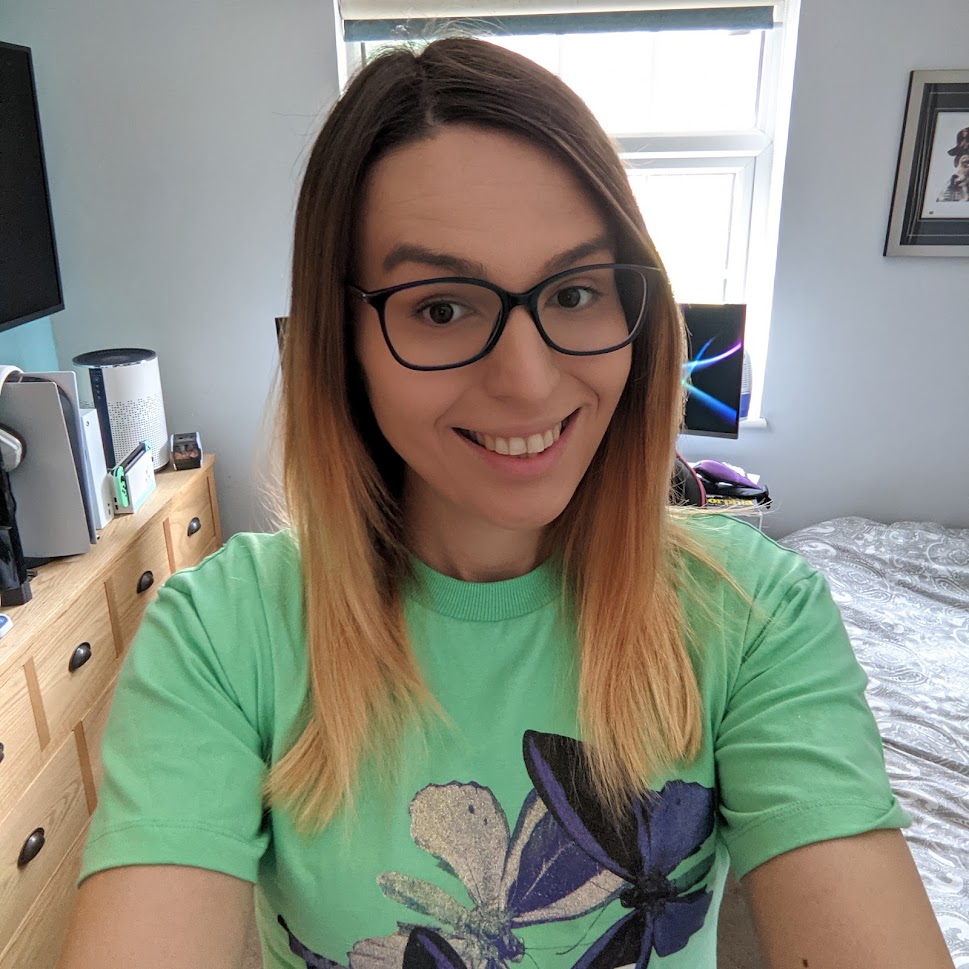
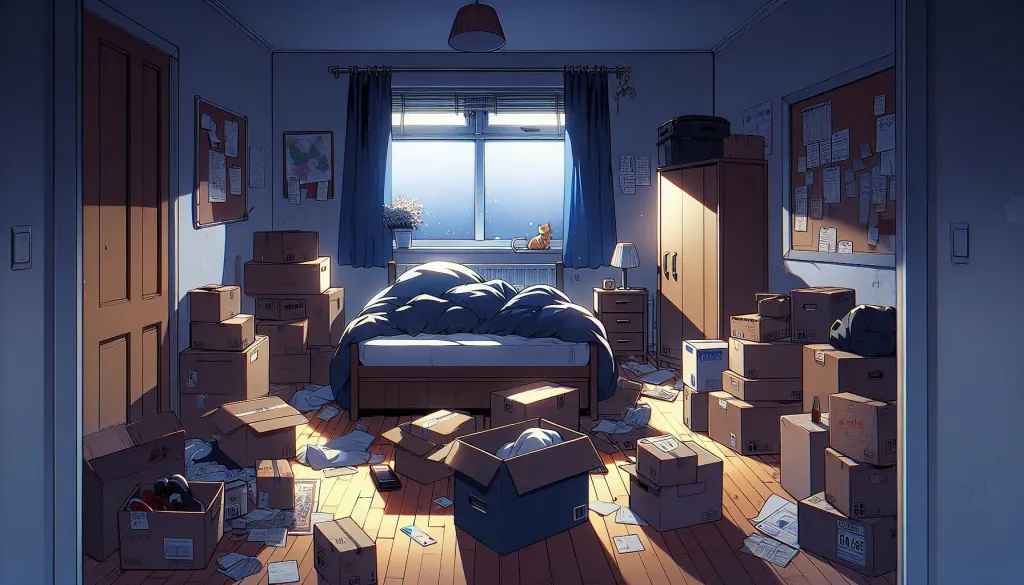
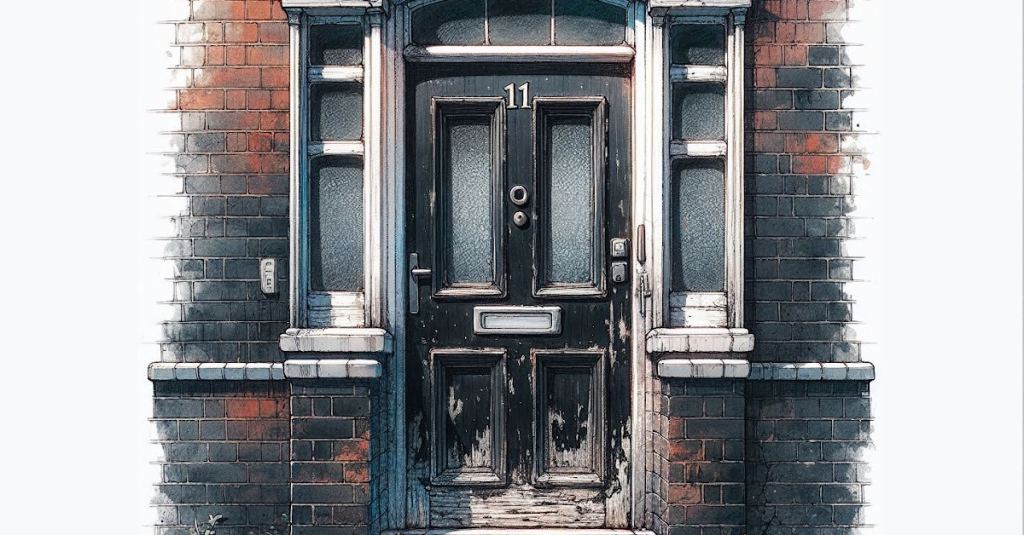
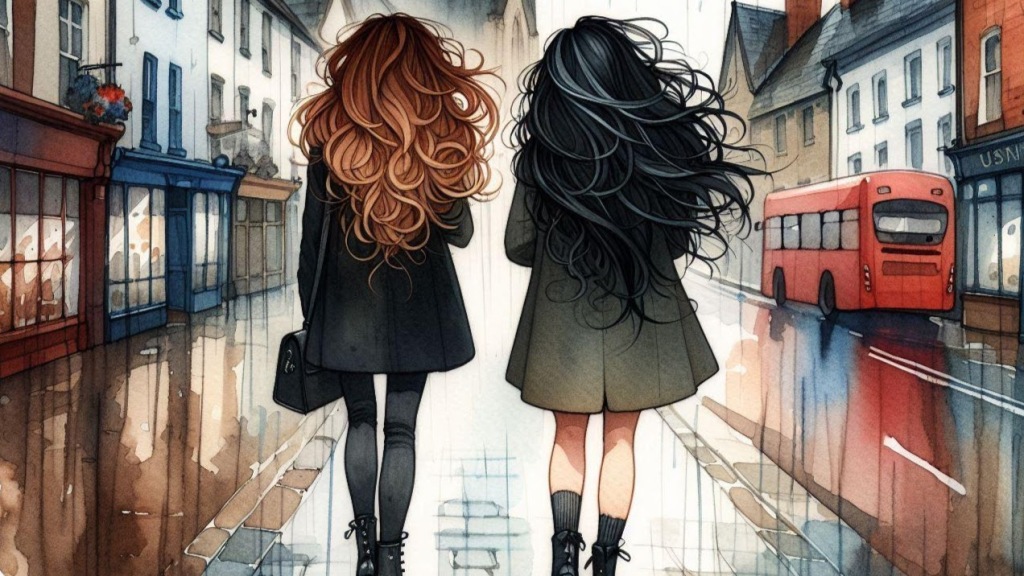
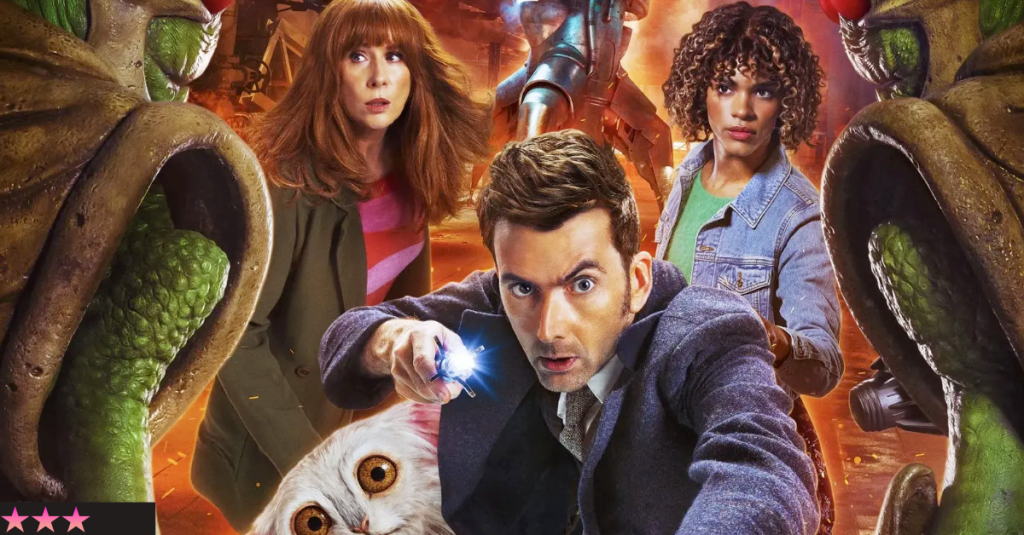
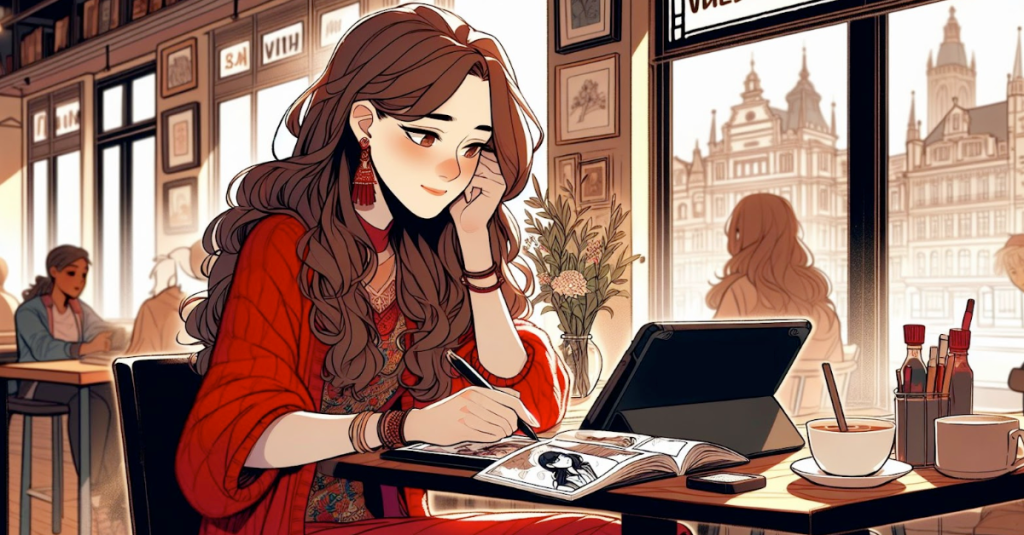

You must be logged in to post a comment.